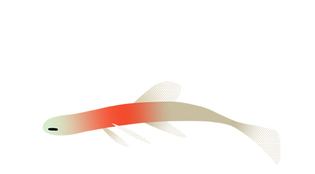 loading
loading
FindingsNoted Alex Eben MeyerView full imageAmblyopsid cavefish—small, colorless, and blind inhabitants of subterranean waters of the eastern United States—display unique adaptations to perpetual darkness. Yale researchers have unveiled new insights into their evolutionary history while creating an innovative genetic method for dating their underground habitats. Participants aged 18–25 were assigned to one of three groups: one received only web-based advice on sleep and alcohol; another received the advice while self-monitoring with a smartphone diary; the third wore biosensors that monitored both alcohol use and sleep health, kept the diaries, and received personalized coaching. While all groups decreased their drinking, the third group achieved clinically meaningful reductions in their alcohol risk level. Researchers note that the stigma around talking about substance abuse was reduced by integrating it with overall health concerns.
The comment period has expired.
|
|